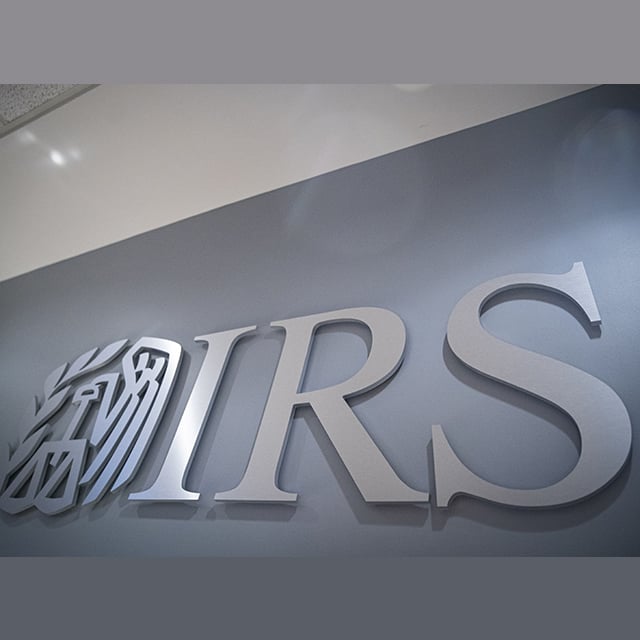Tax Watchdog Says IRS Botched Oversight of Taxpayer Records

What You Need to Know
A watchdog report alleges that many microfilm cartridges that contain key tax records and sensitive information have been mishandled by the IRS.
The worrying findings raise bigger questions about why the IRS continues to utilize microfilm technology in its recordkeeping process.
Although the IRS plans to eliminate its need to produce and store microfilm, it is likely the tech will remain in use for several more years.
While the IRS advises taxpayers to hold onto their income tax return records for three to seven years, depending on the situation, it actually holds onto taxpayers’ records for a lot longer — and is not doing a particularly good job of it, according to a critical new report published by the U.S. Treasury’s Inspector General for Tax Administration (TIGTA).
Per the Federal Records Act of 1950, the IRS is required to store individual tax records for 30 years and business records for 75 years. Despite the availability of newer storage technologies, some of that information is still stored on microfilm records which are housed at processing centers around the country.
According to the TIGTA report, required annual recordkeeping inventories have not been performed in the three tax processing centers that house these sensitive microfilm records of both individual taxpayers and businesses,
In addition to failures pertaining to the retention and ready accessibility of key records, the IRS has also failed to appropriately safeguard the sensitive information contained in its microfilm records, with the records in at least one center reportedly being stored in a warehouse setting that left them vulnerable to potential exploitation by fraudsters.
While the report notes that the IRS is slowly phasing out its use of such microfilm records, it is likely that their secure storage will remain an ongoing challenge for the IRS for years to come. As such, the report urges IRS officials to address these shortcomings with urgency and to ensure that microfilm records remain an asset for the agency and not a liability.
What the Inspectors Found
The worrying information and conclusions in the report are drawn from TIGTA’s recent review of the records management practices at the three tax processing centers that currently house microfilm backups. These facilities are in Austin, Texas; Kansas City, Missouri; and Ogden, Utah.
According to TIGTA’s report, this review identified “significant deficiencies” in the IRS’s safeguarding, accounting for and physical storage of its microfilm backup cartridges. Furthermore, the inspectors’ discussions with responsible officials at the processing centers identified that required annual inventories have not been performed.
Adding to the concern is the fact that management could not even provide a timeframe of when the last required annual inventory was conducted, and the lack of adequate inventory controls also includes no review and reconciliation of the microfilm backup cartridges that had been sent to these facilities from previously closed tax processing centers.
Perhaps most worrying, the TIGTA found that microfilm cartridges stored at the Ogden Tax Processing Center are not being adequately safeguarded to limit access to this information. Specifically, the microfilm cartridges are reportedly being stored on open shelving in the middle of the main files building, which is in essence a large warehouse.
As a result of its review, the TIGTA made 13 specific recommendations that range from conducting a detailed inventory of all microfilm cartridges on hand and properly maintaining request logs to better securing microfilm cartridges and setting a process for appropriately discarding outdated records.




